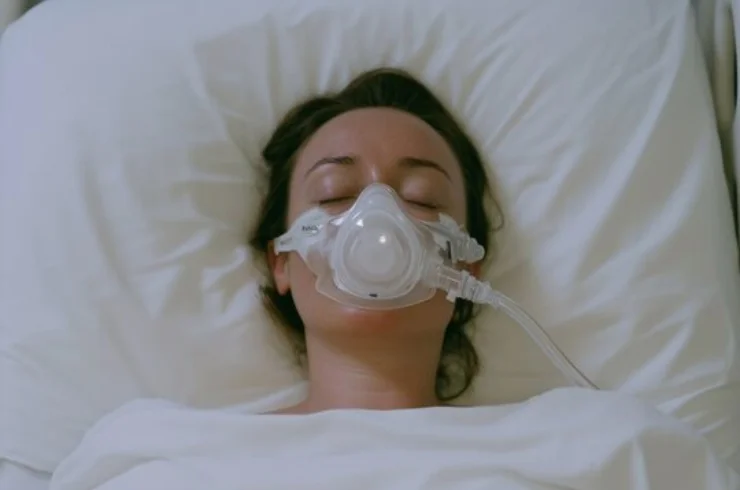Obstructive Sleep Apnea Surgery

Obstructive Sleep Apnea (OSA) is a serious sleep disorder in which the airway becomes blocked or narrowed during sleep, leading to interrupted breathing and reduced oxygen levels. In some cases, surgery is required when conservative treatments such as continuous positive airway pressure (CPAP) therapy or lifestyle changes fail to provide relief. Surgical options aim to remove or reduce obstructions in the airway, thereby improving airflow and preventing apneas (breathing pauses).
Indications for Surgery
Surgery for obstructive sleep apnea is typically considered for patients who:
- Have severe OSA that is not effectively managed with CPAP therapy or other non-invasive methods.
- Experience significant anatomical abnormalities contributing to airway obstruction.
- Have other conditions that make CPAP therapy difficult or uncomfortable to use.
Types of Obstructive Sleep Apnea Surgery
Uvulopalatopharyngoplasty (UPPP)
UPPP is one of the most common surgical treatments for OSA. It involves the removal of excess tissue from the throat, such as the uvula, part of the soft palate, and sometimes the tonsils, to widen the airway. This procedure is typically performed under general anesthesia and helps reduce snoring and alleviate breathing obstructions.Genioglossus Advancement (GA)
GA surgery is performed to reposition the muscles that control the tongue, preventing it from collapsing backward and obstructing the airway during sleep. This procedure is often combined with other surgeries for better outcomes.Mandibular Advancement Surgery (MAS)
Also known as maxillomandibular advancement (MMA), this surgery involves moving the upper (maxilla) and lower (mandible) jaw forward to open up the airway. This technique is highly effective for patients with significant jaw or facial structure issues contributing to their OSA.Septoplasty and Turbinate Reduction
For patients with nasal obstruction due to a deviated septum or enlarged turbinates, these procedures can help improve nasal airflow, reducing the severity of OSA symptoms. Septoplasty straightens the nasal septum, while turbinate reduction reduces the size of the nasal turbinates.Tongue Base Reduction
This procedure removes or reduces excess tissue at the base of the tongue, which can collapse backward and obstruct the airway. It is often performed in conjunction with other surgeries like UPPP or GA.Tracheostomy
In severe cases of OSA where other surgeries have not been successful, a tracheostomy may be recommended. This involves creating a small hole in the neck and inserting a tube into the windpipe, bypassing the obstructed area and allowing uninterrupted airflow.
Recovery and Postoperative Care
- Recovery time varies depending on the type of surgery. For instance, soft tissue procedures like UPPP may require a few weeks to heal, while more invasive surgeries like MMA could take several months for full recovery.
- Pain management, rest, and follow-up appointments are essential for monitoring healing and ensuring the airway remains unobstructed.
- Patients may need to avoid strenuous activities for several weeks and follow a modified diet depending on the procedure.
Outcomes and Benefits
- Significant improvement in sleep quality and a reduction in the frequency of apneas.
- Reduced daytime fatigue and improved overall health, particularly for patients with comorbid conditions like high blood pressure or heart disease.
- Reduced snoring, leading to better sleep for both the patient and their bed partner.
